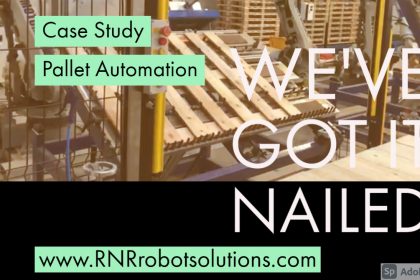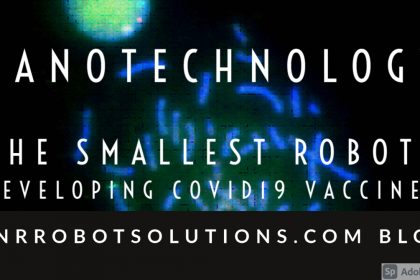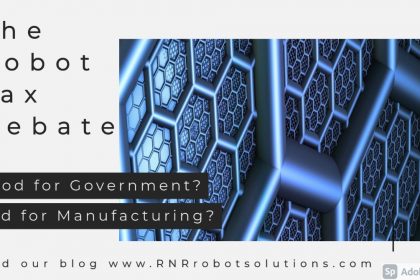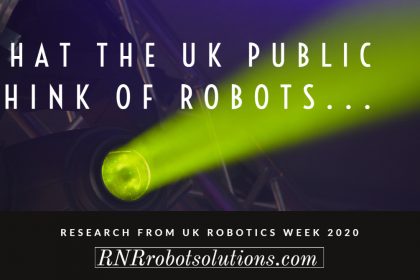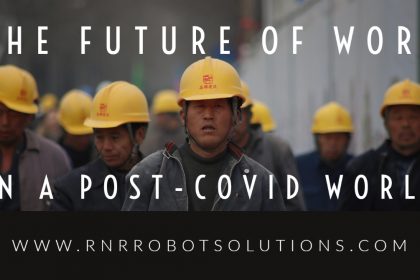Talk of robots and many people think of the industrial type, or those which interact with humans. There is a rapidly developing type of robot which is very different – here we look at new microbot applications…
A microrobot is typically a mobile device with dimensions often less than 1 millimeter. They are designed to complete a specific task, with many exciting new innovative developments happening in the healthcare field.
Healthcare Applications
Their small size makes them well suited to carry out very minimally invasive procedures, such as opening up clogged vessels. Research is being carried out into using microbots to deliver drugs directly to diseased tissue inside the body. This puts additional demands on the devices, as they need to be able to change shape if needed, to pass through narrow blood vessels, or dense fluids.
A thread-like robot, half a millimeter in diameter, has been developed to move through blood vessels able to deliver drugs to break or remove blood clots, rapidly treating stroke victims and reducing the risk of damage to the brain.
Energy
One of the biggest challenges is enabling the microbot to move, as their size inhibits any battery power. Self-propulsion is one solution, such as this project where swimming devices are powered by beating cardiac muscle cells. Alternatively, the thread-like robot is moved using magnetic fields, controlled from outside the body.
A Star Wars inspired ion propulsion system is being developed to power flying micro drones where an electron is fired into a chamber of gas with the resulting force propelling the device forward.
Other Applications
Research is being conducted into many other areas. Expect to read soon about, for example, search and rescue applications where flying microbots can search in confined areas for survivors following a disaster; monitoring of air quality; and also being used in place of insects, pollinating plants after the real-life insects have been wiped out.
“Microbots is an incredibly innovative field”, said Liz Reid, MD of RNR Robot Solutions. “Many of the newly emerging technologies are truly life-changing, but it is such a new area of development that we’re anticipating considerable progress in the next 5 years.”
To find out how RNR can help you explore the use of robots in a variety of applications, get in touch with Liz here.


